All kinds of coffee extraction and brewing methods what is the difference between hand Chongkui coffee and coffee machine
Coffee is one of the three major drinks in the world. From ancient times to the present, coffee-drinking areas have developed a form of brewing. In this issue, baristas will take an inventory of the ways in which coffee is made.
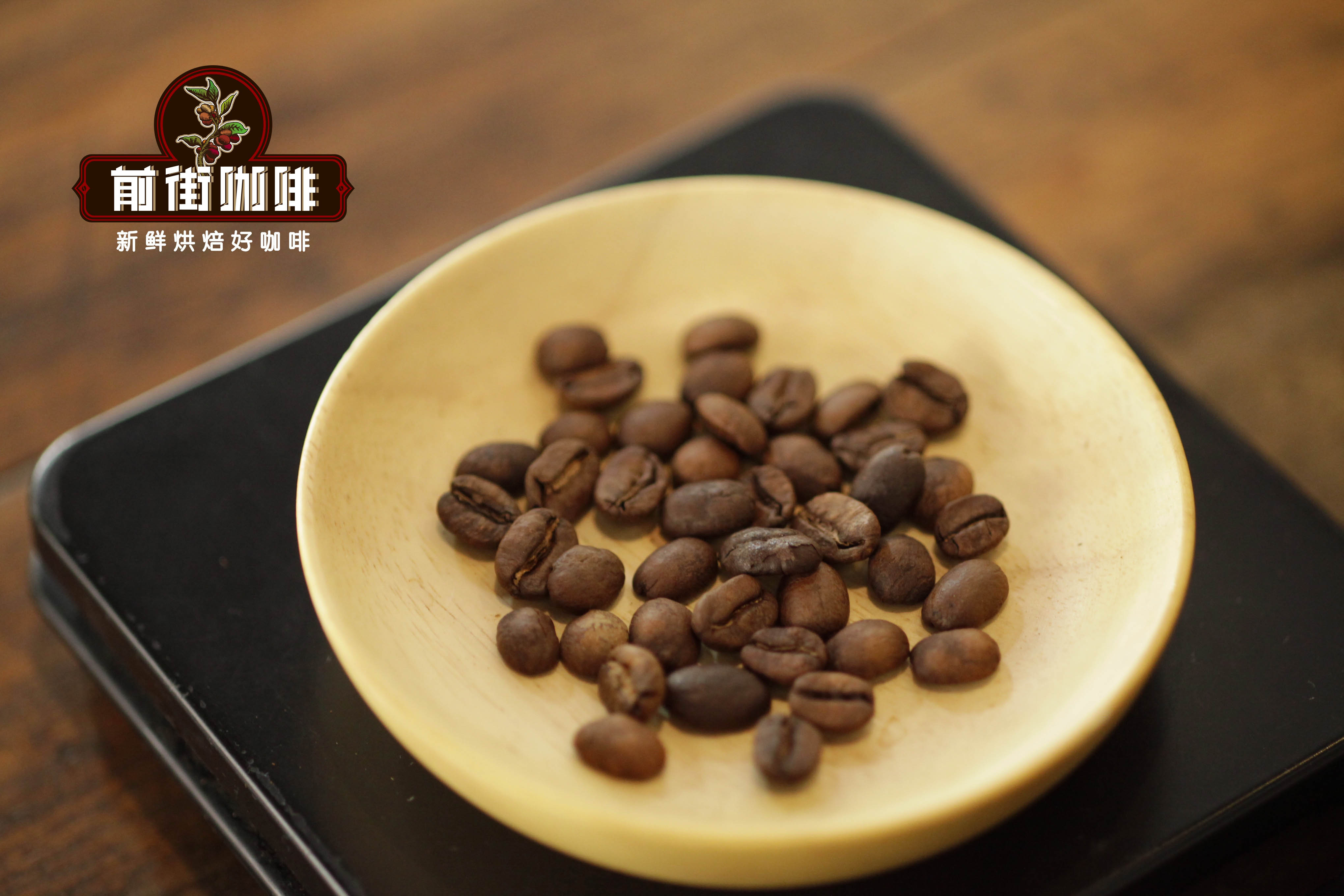
At present, the extraction methods of coffee can be divided into immersion extraction, trickling extraction, pressure extraction and boiling extraction.
Immersion extraction
Immersion extraction is a common type of extraction, its main principle is to use water and coffee powder to soak to release coffee substances, and then filter to get coffee liquid. According to the degree of grinding and water temperature of the coffee, the soaking time and the flavor of the coffee are also affected. The common immersion extraction methods are:
French pressure kettle
This is a glass container and a metal filter with a pressure bar. It is very easy to use. Soak the coffee powder and water in the glass container, then use the pressure bar metal filter cup to press the coffee powder to the bottom and pour out the clean coffee liquid. However, due to the large pore size of the metal filter, the coffee liquid has oil and very fine coffee powder.
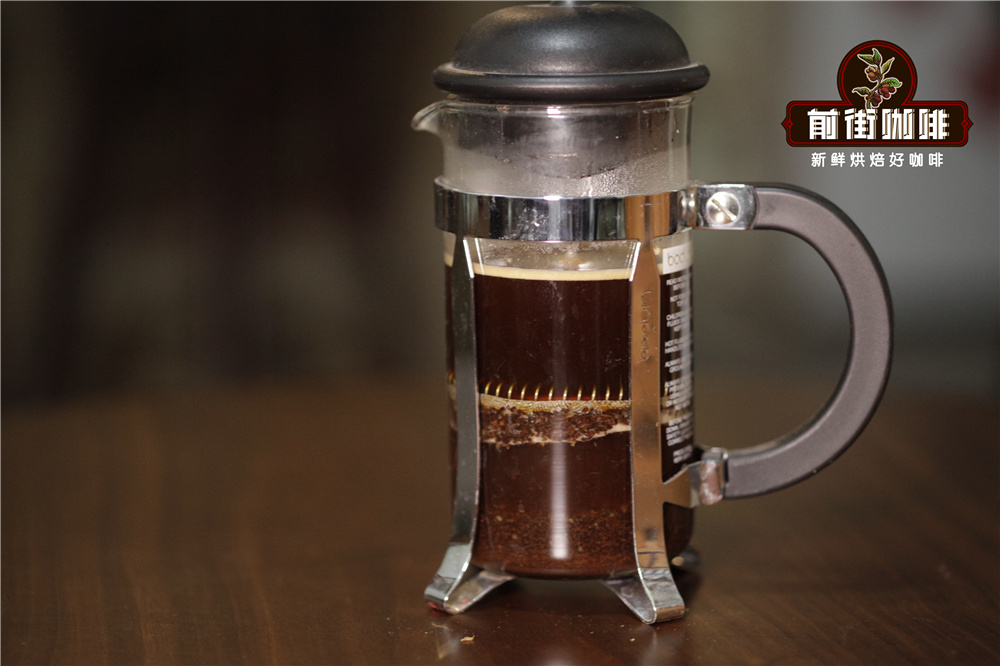
Smart Cup
Can be regarded as a filter cup with a piston, when flat, the piston is in a closed state, can store water, placed on the cup, the piston is open, can be filtered. It is also very easy to use. Smart cups need to put filter paper, then pour coffee powder and water, soak them for a period of time and filter on top of the cup to get a clean cup of coffee.
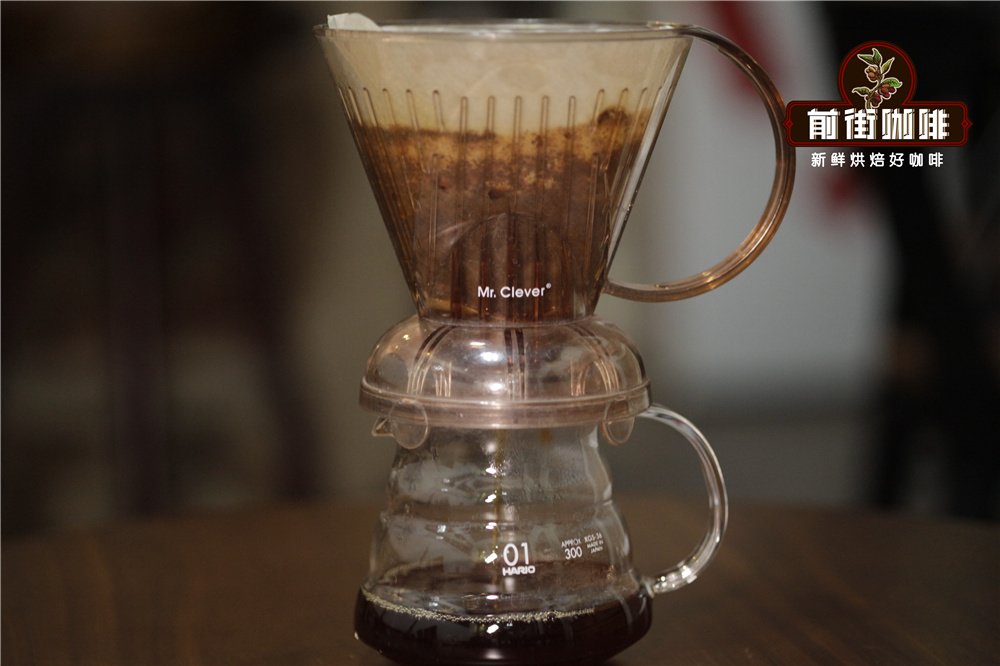
Siphon kettle
Through the heating of the lower pot, the siphon pot causes the water to gush upward to the upper pot and soak with the coffee powder, and the fire source of the lower pot is removed at the end of the extraction process, so that the pressure difference between the lower pot and the upper pot is instantly reduced. the siphon between the upper pot and the lower pot will cause the coffee extract to return to the lower pot. Why does the siphon pot not belong to pressurized extraction? The reason is simple, because the pressure object of the siphon pot is water, not coffee liquid, and the real extraction process is the immersion of water and coffee in the upper pot.
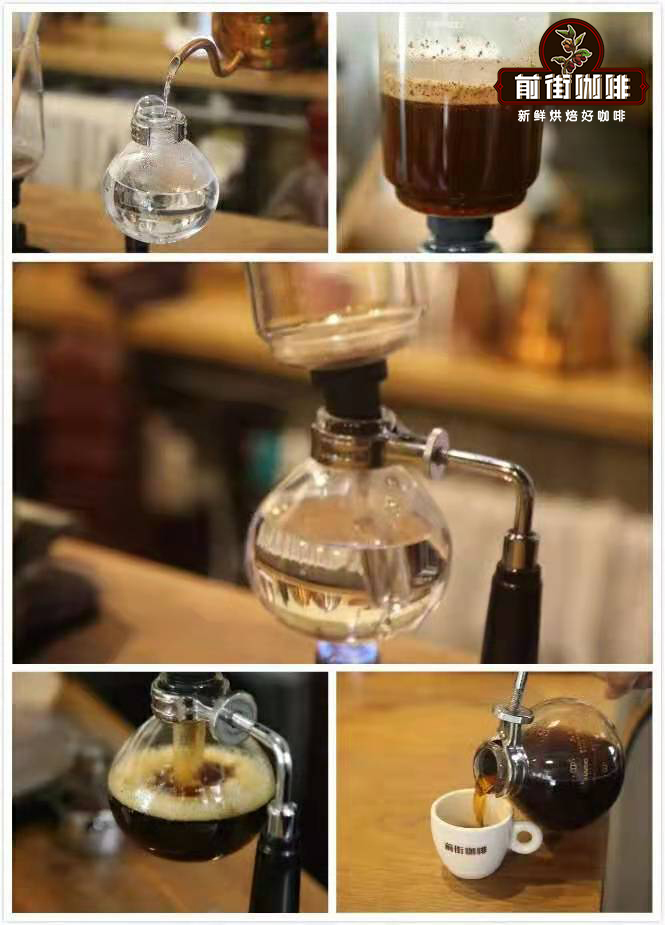
Cold extracted coffee
Cold-extracted coffee, also known as cold-brewed coffee, is a long extraction process using coffee powder and low-temperature water sealed in a low-temperature environment. It is then filtered to get cold, cool coffee.
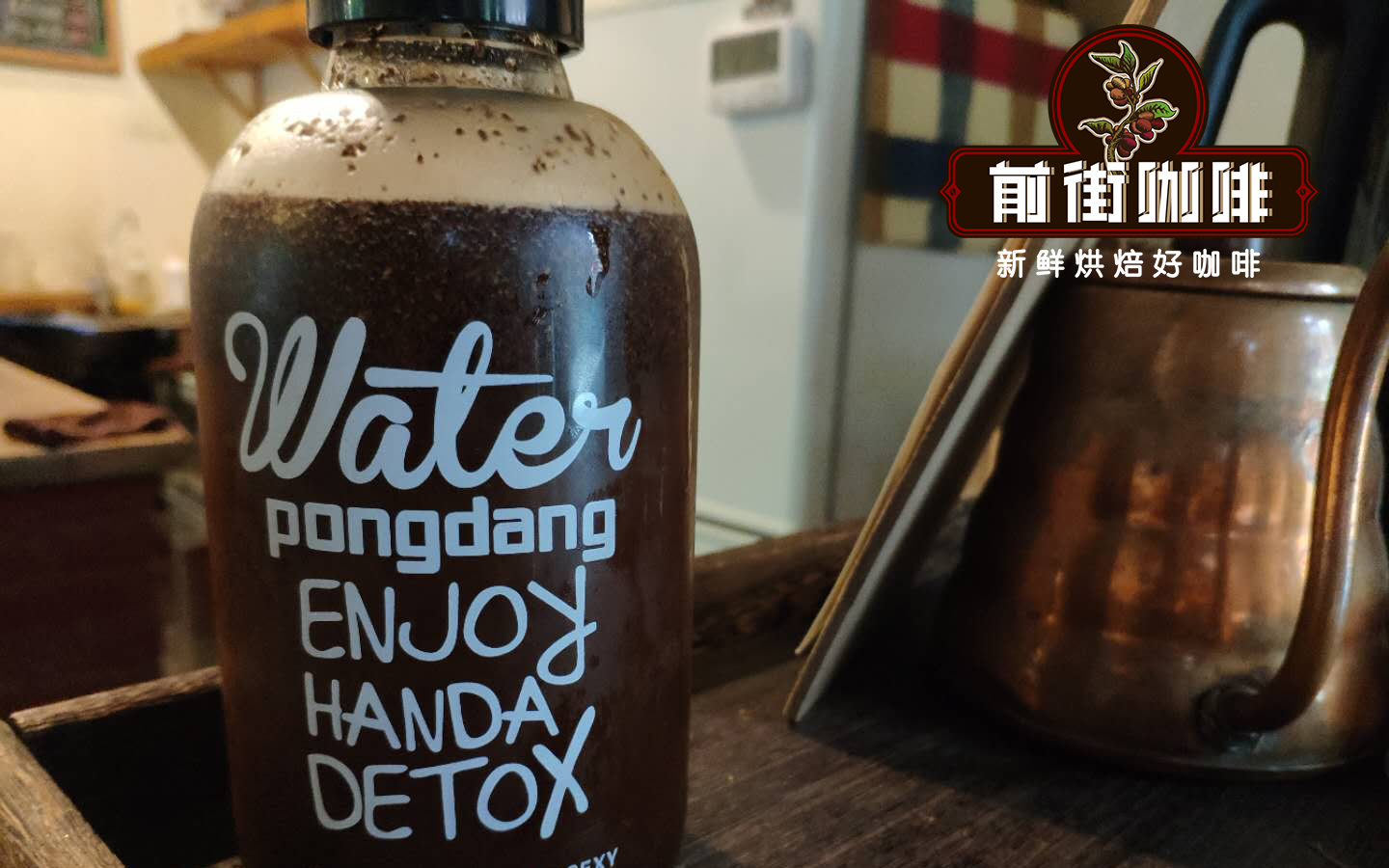
Trickle extraction
Refers to the coffee powder is poured into the filter and injected with hot water, during the heating of hot water, there will also be coffee liquid dripping into the pot, showing a "live water" flow state. The common trickling extraction methods are:
Hand-made coffee
Hand brewing coffee is a common trickle extraction method, through the filter apparatus (filter cup, filter paper, flannel) as the filter medium, the use of continuous water injection to make coffee powder continue to release coffee substances to get a cup of coffee. The coffee made in this way will be cleaner and have a very rich flavor. At present, hand-brewed coffee is a popular extraction method.
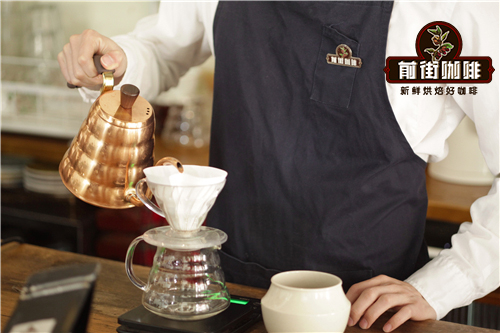
American trickling filter kettle
Also known as drip filter coffee machine, is a classic drip filter coffee utensils. Put a matching filter paper in the coffee machine funnel, and then place the coffee powder in the filter paper. Then turn on the drip filter button, and the machine begins to extract the coffee in the form of drip filter.
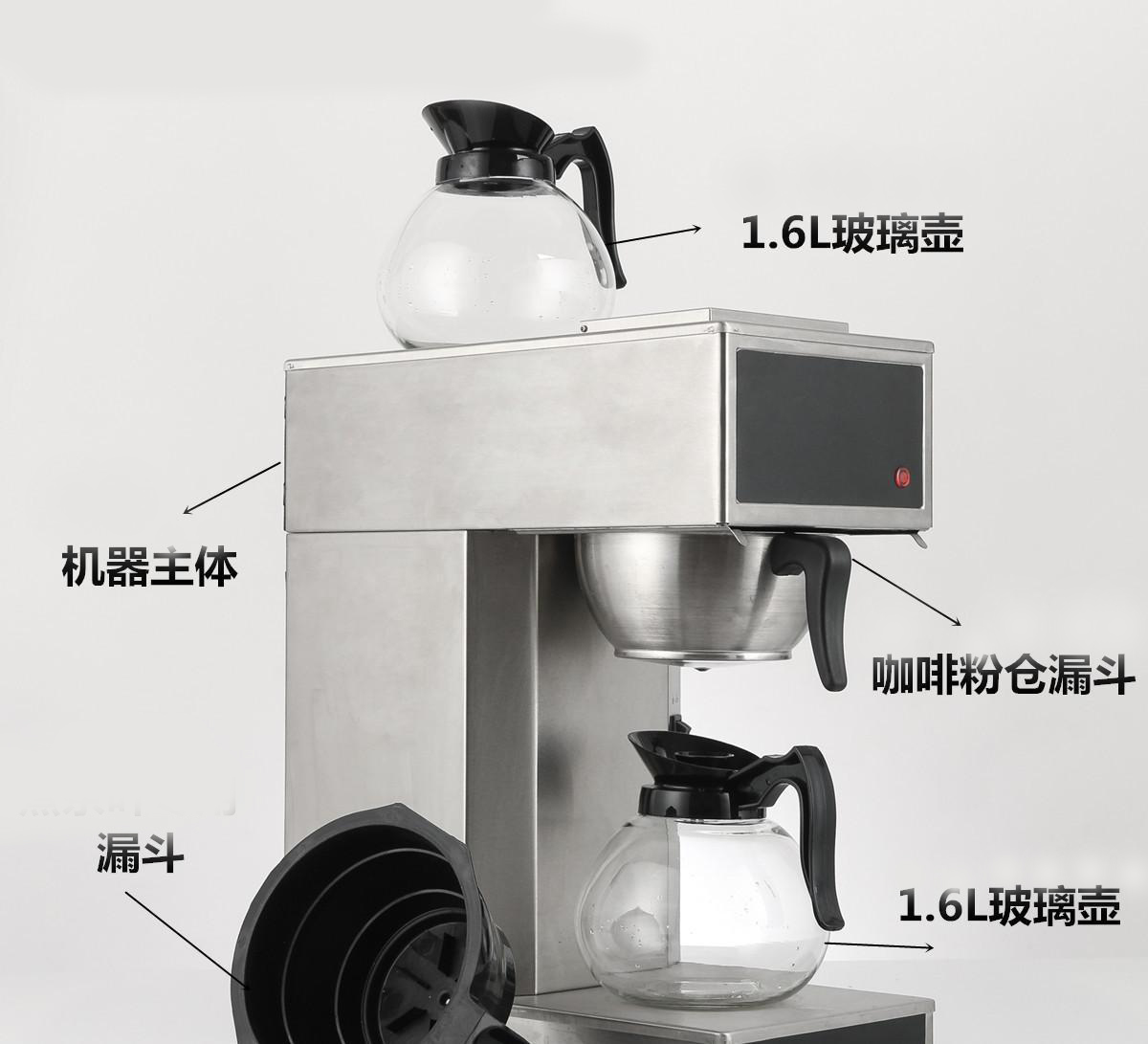
Ice drop coffee
Ice drop coffee is extracted by touching coffee powder with ice water by drop by drop. It takes a long time and usually takes 6-8 hours to complete the extraction. Because it is extracted with ice water for a long time, more small molecular substances (such as flower aroma, acid) are extracted, while macromolecular substances (such as the bitterness of tannic acid) are more difficult to extract. All taste rich and smooth, not bitter but not astringent.
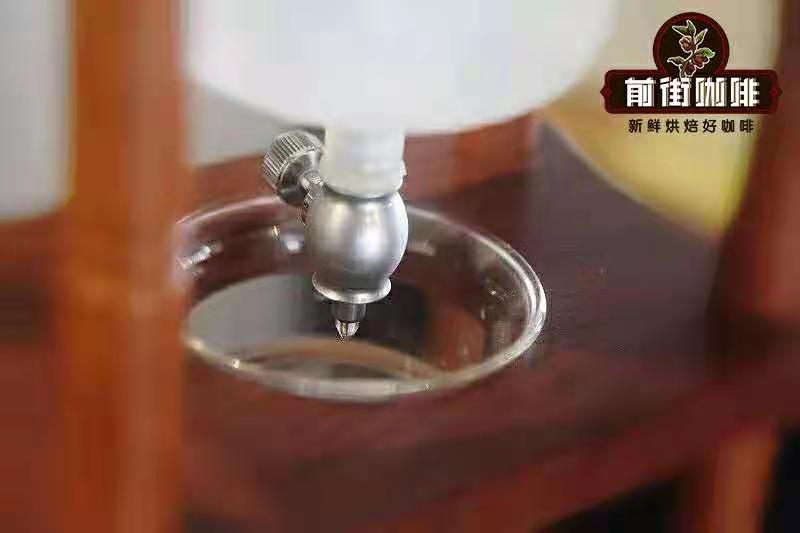
Pressure extraction
Pressure extraction is through the pressure of several atmospheric pressure to extract coffee, the same amount of water can extract more coffee substances and more abundant coffee oil. Generally pressurized extraction of coffee will be more full-bodied, taste will be more full.
Italian coffee maker
This is the most common type of pressure extraction, and the coffee extracted is generally called espresso (Espresso). Generally, coffee powder such as flour is used and placed in the coffee brewing handle, the coffee is pressed into pressed powder by filling, and placed under the brewing head to extract coffee using hot water under 9bar pressure to produce a cup of espresso with golden yellow coffee oil for 30ml.
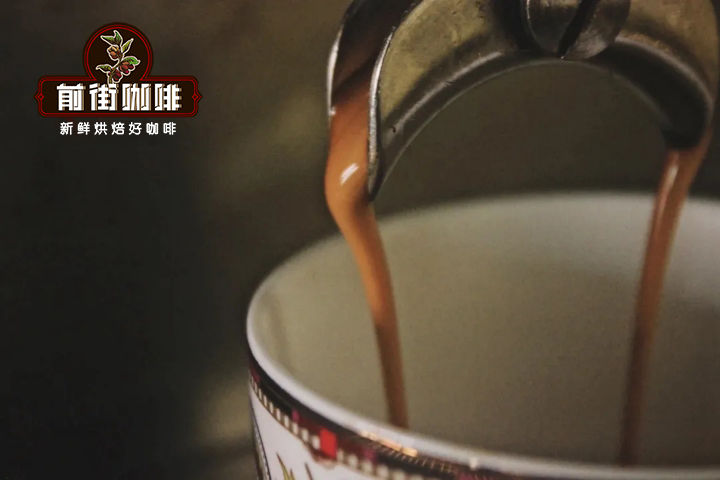
Mocha pot
The mocha pot is an Italian national grade coffee utensil. It is composed of an upper pot, a powder trough and a lower seat. The lower pot is a sink for holding water, the powder trough is used to hold finely ground coffee powder, and the upper pot is to hold the extracted coffee liquid. The principle of the mocha pot to extract coffee is very simple, that is, using the steam pressure produced in the next pot, when the steam pressure is high enough to permeate the coffee powder, it will push the hot water to the upper pot and brew the fragrant coffee, and the pressure of extracting the coffee can reach 3bar, so the golden coffee oil will appear.
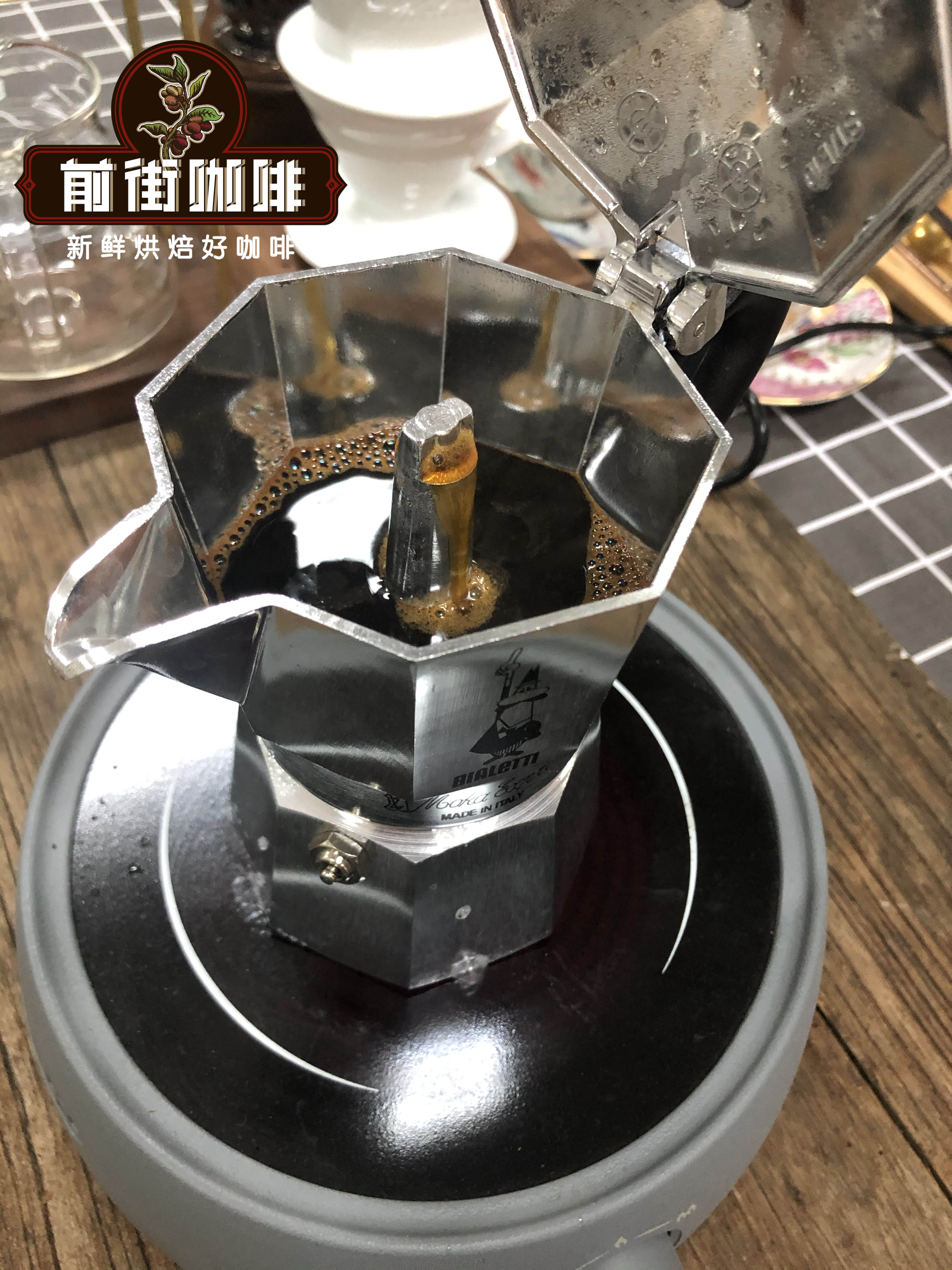
Boiling extraction
Boiling extraction is the oldest method of extraction, which is a mixture of hot water and coffee powder directly heated by direct heat. Some will be treated with simple filter residue, while others will be drunk directly.
Turkish kettle
The coffee grinding used in Turkish coffee is as fine as fine flour, which is finer than that used in espresso. The traditional heating source is sand heated to 200 ℃, but now gas stoves and charcoal stoves are also used as heating sources. The traditional method of cooking is "three rolls", which means that when heated, about 5-7 minutes later, the coffee reaches the boiling point and rolls. When there is a tendency to expand and erupt, pull up the Turkish pot, keep away from the heating source, put in and continue heating, repeat twice, and pour the coffee into the cup when it boils for the third time.
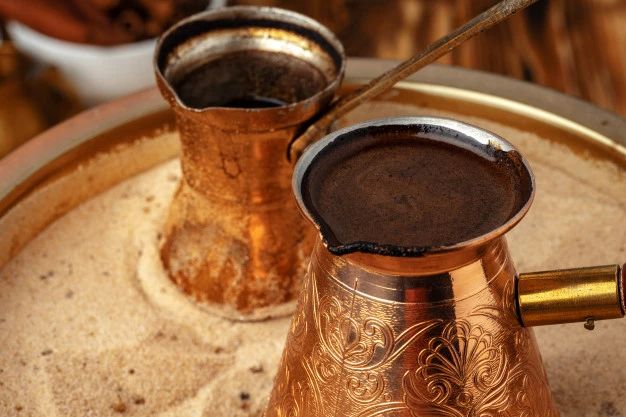
Ethiopian pottery pot
Ethiopia is one of the famous coffee-producing countries, so they use the form of fresh-baked, ground-first brewed coffee. First of all, add some charcoal to the rectangular stove, wait for the fire to burn slowly, put the iron pan on the stove and stir-fry the coffee beans on the pot by hot air. Then, pour the fried coffee beans into a tube-shaped mortar and patiently crush the coffee beans with an iron bar, a process that takes about ten minutes, when the water in the pottery pot has already boiled.
After the coffee is made, pour the mashed coffee from the mortar into a boiling clay pot until the hot water mixed with the crushed coffee boils again, which means the coffee is ready. When you pour coffee from a pottery pot into a porcelain cup, you need to be very careful, because if you are not careful, you will pour the residue from the bottom of the pot into the cup.
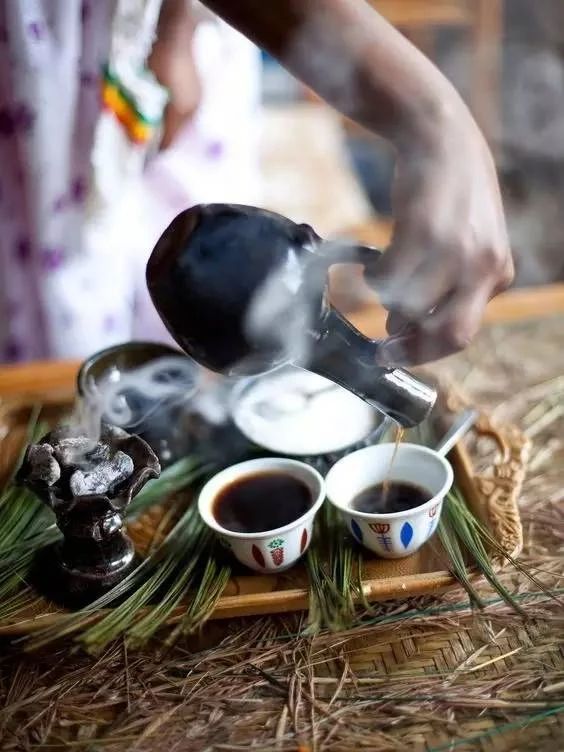
Nordic egg coffee
Nordic egg coffee is a traditional form of brewing coffee in Scandinavia, which is also brewed over direct heat, while eggs condense coffee powder to achieve the effect of filtering.
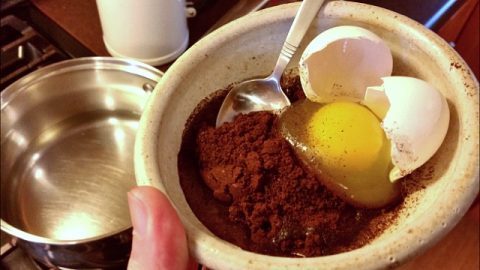
First boil the water, then beat an egg into the coffee powder and stir well. After the water boils, pour in the mixture of eggs and coffee powder. Boil until 1 minute, turn off the heat and pour a small cup of cold water into the pan. The egg white condensed coffee powder will sink to the bottom of the pot and is ready to drink.
Important Notice :
前街咖啡 FrontStreet Coffee has moved to new addredd:
FrontStreet Coffee Address: 315,Donghua East Road,GuangZhou
Tel:020 38364473
- Prev
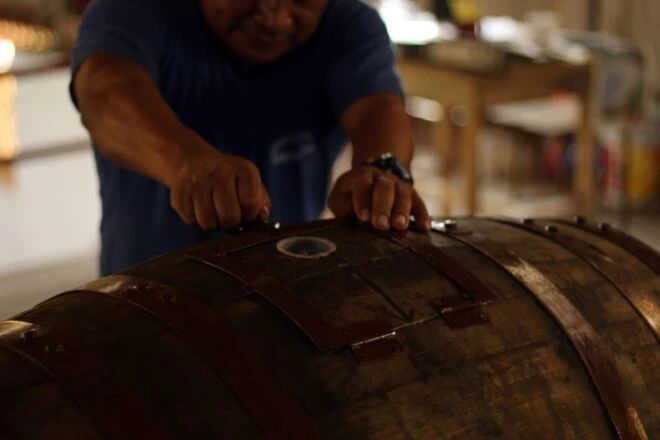
Flavor characteristics of coffee beans treated by wine barrel fermentation introduction to the production process of Shirley barrel coffee beans
Guide: when you drink a very strong alcoholic coffee, you will feel how incredible it is. This kind of coffee with obvious alcoholic aroma is fermented through a barrel. So how does it deal with it? The earliest barrel fermentation of coffee was the first to use barrel fermentation to treat coffee.
- Next
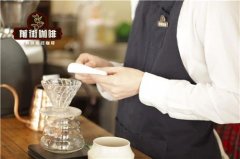
What is the proportion of hand-brewed coffee powder? Why is the hand-made coffee powder ratio at 1:15?
For Mengxin, I'm afraid everyone has a question about how much water a cup of coffee will make. Why is there a powder-to-water ratio at 1:15 in the front street? First of all, we understand the two concepts of hand-brewed coffee. Powder-to-water ratio: the ratio of coffee powder to water, which is directly expressed as how much water is used to make coffee, such as 1:1
Related
- Beginners will see the "Coffee pull flower" guide!
- What is the difference between ice blog purified milk and ordinary milk coffee?
- Why is the Philippines the largest producer of crops in Liberia?
- For coffee extraction, should the fine powder be retained?
- How does extracted espresso fill pressed powder? How much strength does it take to press the powder?
- How to make jasmine cold extract coffee? Is the jasmine + latte good?
- Will this little toy really make the coffee taste better? How does Lily Drip affect coffee extraction?
- Will the action of slapping the filter cup also affect coffee extraction?
- What's the difference between powder-to-water ratio and powder-to-liquid ratio?
- What is the Ethiopian local species? What does it have to do with Heirloom native species?

